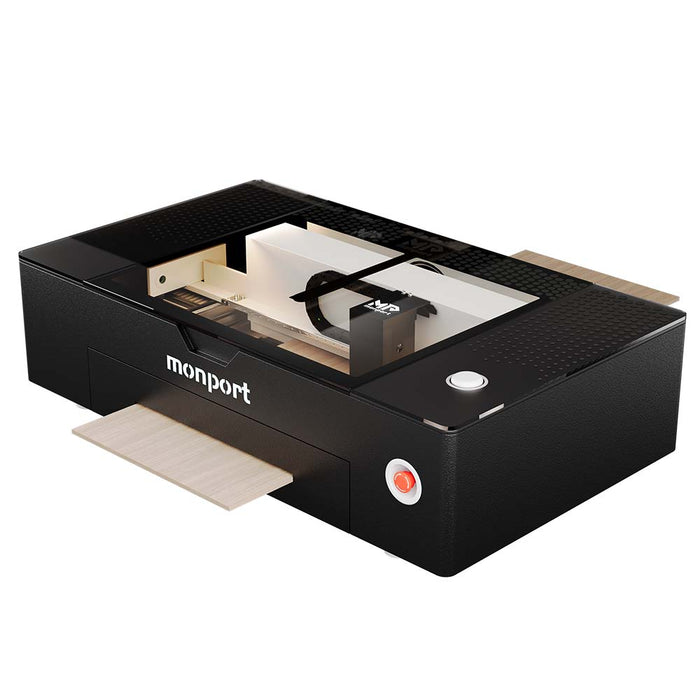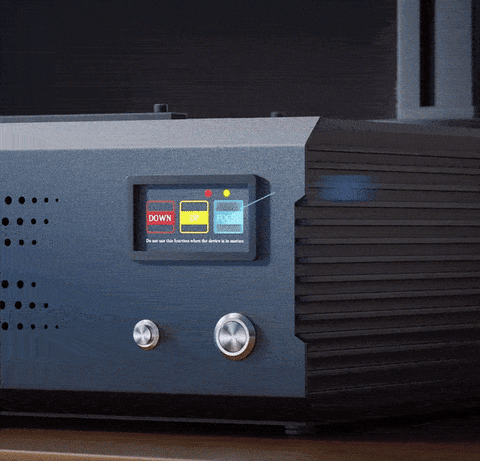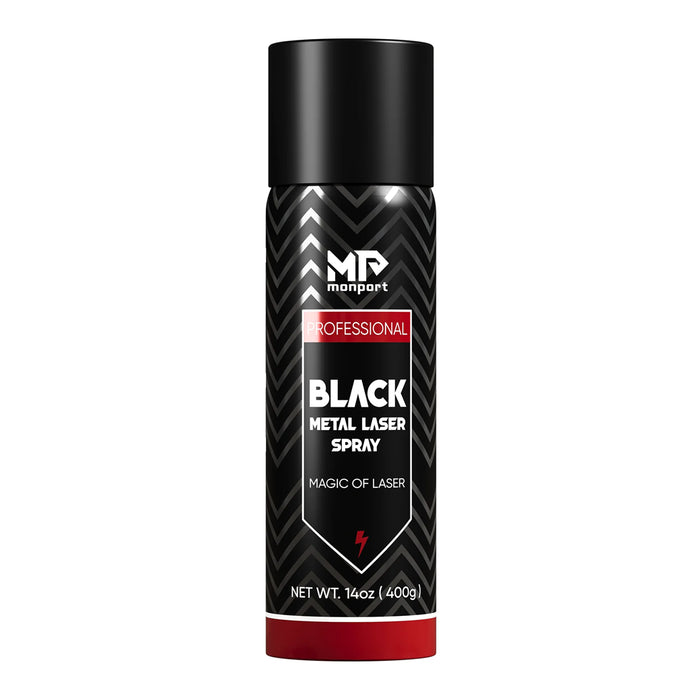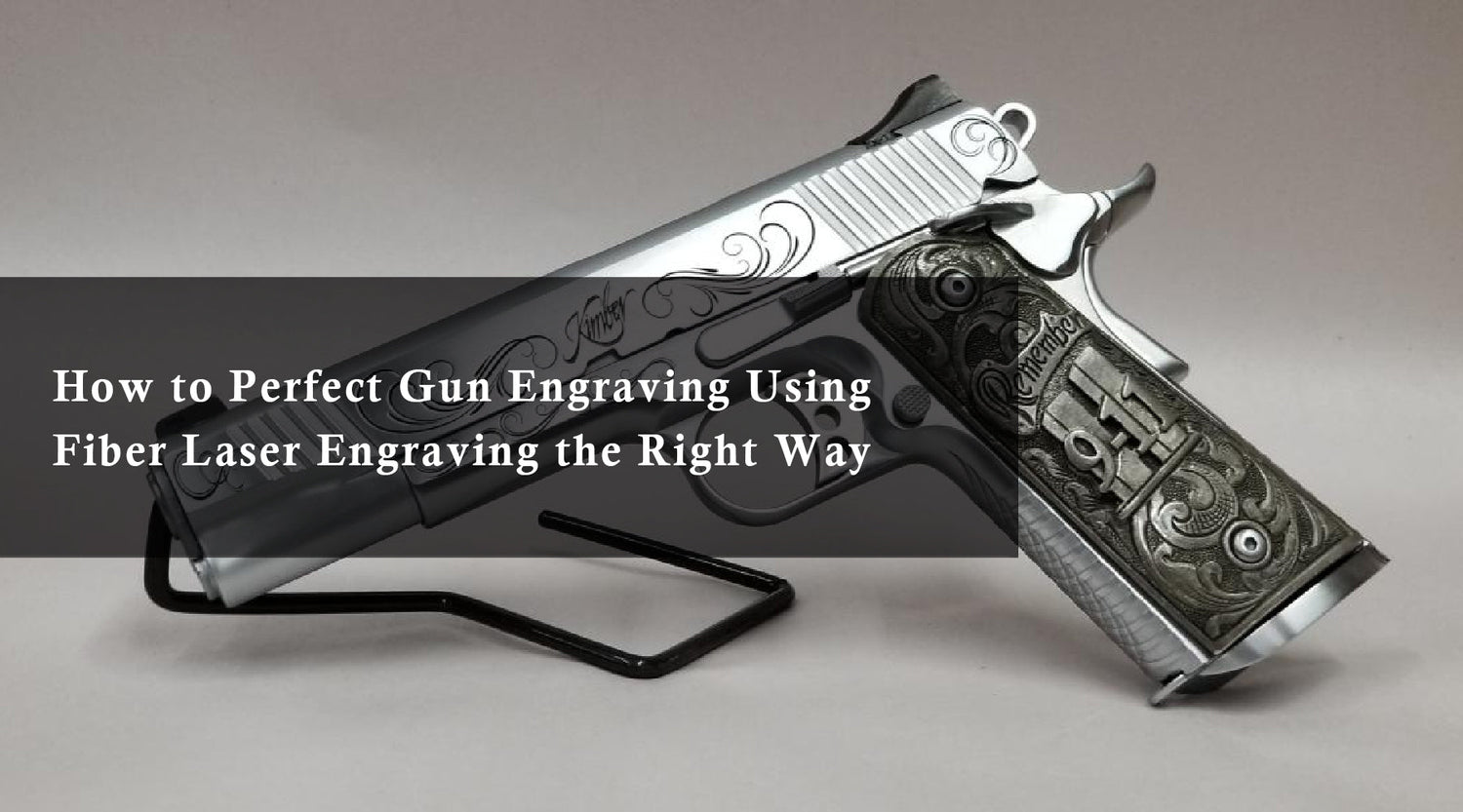| Machine Image |  |
 |
||||
| CO2 Laser Model | Monport 80W CO2 Laser | Monport 100W CO2 Laser | Monport 130W CO2 Laser | Monport Onyx 55W Desktop CO2 Laser | Monport 40w Pro CO2 Laser |
| Machine Image |  |
||||
| Fiber Laser Model | GPro Series MOPA | GA Series MOPA | GQ Series Machine | GP Series Machine | GI Series MOPA |
Understanding the Different Types of Laser Engravers
Before diving into specific laser engraver models, let's explore the three primary types:
1. CO2 Laser Engraving Machines

CO2 laser engraving machines are a popular choice for beginners and hobbyists due to their versatility. These machines excel at working with a wide range of non-metal materials, including:
- Wood
- Acrylic
- Leather
- Paper
- Fabric
CO2 lasers use carbon dioxide gas as the laser medium, allowing for precise cutting and engraving of intricate designs. They are known for their user-friendly interfaces and affordable price points.
Key features of CO2 laser engravers:
- Versatility: Handles various non-metal materials
- Precision: Achieves detailed and intricate designs
- User-friendly: Easy to operate for beginners
- Affordable: Generally budget-friendly
2. Fiber Laser Engraving Machines
Fiber laser engraving machines are specifically designed for metal engraving and marking. They utilize fiber optics as the laser medium, offering high efficiency and precision when working with materials like:

- Stainless steel
- Aluminum
- Copper
- Other metal alloys
Fiber lasers are renowned for their speed, marking quality, and low maintenance requirements. However, they tend to be more expensive than CO2 lasers.
Key features of fiber laser engravers:
- Metal specialization: Ideal for engraving and marking metals
- High speed and efficiency: Faster processing times
- Superior marking quality: Produces clear and durable marks
- Low maintenance: Requires less upkeep
- Industrial grade: Suitable for high-volume production
3. Diode Laser Engraving Machines
Diode laser engraving machines are best suited for small-scale, lightweight projects. These compact and affordable machines are perfect for:
- Desktop use
- Personal creative projects
- Small-scale production
Diode lasers primarily work with non-metal materials like wood, acrylic, and certain plastics. While they are easy to use and budget-friendly, their power output is typically lower compared to CO2 and fiber lasers.
Key features of diode laser engravers:
- Portability: Compact and lightweight design
- Cost-effective: Affordable option for beginners
- Entry-level: Simple setup and operation
- Limited material compatibility: Primarily for non-metals
- Lower power: May have limitations for certain applications
Factors to Consider When Choosing a Laser Engraver
- Materials: Determine the types of materials you'll be working with most frequently.
- Project Size and Complexity: Consider the size and intricacy of your projects.
- Budget: Set a realistic budget for your laser engraver purchase.
- Maintenance: Evaluate the maintenance requirements and costs of different laser types.
- Safety: Prioritize safety features and proper ventilation.
Which Laser Engraver Should I Buy?
The best laser engraver for you depends on your specific needs and preferences. Here's a quick breakdown to help you decide:
- Beginners and Hobbyists: A CO2 laser engraver is a great starting point due to its versatility and user-friendliness.
- Metalworkers: A fiber laser engraver is essential for precise metal engraving and marking.
- Small-Scale Projects: A diode laser engraver offers portability and affordability for smaller projects.
Monport Laser Engraving Machines: A Quality Choice
Monport offers a range of CO2 and fiber laser engraving machines to cater to different needs. Their products are known for reliability, performance, and user-friendliness.
Monport CO2 lasers:
Monport provides a variety of CO2 laser engravers, including desktop models for hobbyists and high-powered options for professionals.
| Machine Image |  |
 |
||||
| CO2 Laser Model | Monport 80W CO2 Laser | Monport 100W CO2 Laser | Monport 130W CO2 Laser | Monport Onyx 55W Desktop CO2 Laser | Monport 40w Pro CO2 Laser |
- Mobility Protrude CO2 Laser: Compact and easy to move
- Medium 60-80W CO2 Laser: Ideal for small businesses
- High 100-150W CO2 Laser: Suitable for professional use and mass production
- Built-in Chiller CO2 Laser: Optimized cooling and performance
- Desktop CO2 Laser Engraver and Cutter: Perfect for hobbyists and beginners
Monport Fiber Laser Engravers:
Their fiber laser engravers offer exceptional speed, precision, and durability for metal marking applications.
| Machine Image |  |
||||
| Fiber Laser Model | GPro Series MOPA | GA Series MOPA | GQ Series Machine | GP Series Machine | GI Series MOPA |
- GA Series MOPA: Fastest autofocus MOPA fiber laser for metal color marking
- GPro Series MOPA: High-end split MOPA fiber laser for metal color marking
- GQ Series Machine: Entry-level Galvo-Tech fiber laser for metal marking
- GP Series Machine: Lightweight integrated Raycus fiber laser for metal marking
- GI Series MOPA: Integrated JPT MOPA fiber laser for metal color marking
Remember: Before purchasing a laser engraver, conduct thorough research, read reviews, and consider consulting with experts to make an informed decision.
By carefully considering these factors and exploring the available options, you can find the perfect laser engraver to bring your creative visions to life.
Why Choose a Monport Laser Engraver?
Monport offers top-of-the-line CO2 and fiber laser engravers designed for hobbyists, small businesses, and industrial professionals.
Popular CO2 Models:
-
Monport 60W CO2 Laser
-
Monport 80W CO2 Laser
-
Monport 100W CO2 Laser
-
Monport 130W CO2 Laser
-
Monport Onyx 55W Desktop CO2 Laser
-
Monport 40W Pro CO2 Laser
Popular Fiber Models:
-
GPro Series MOPA
-
GA Series MOPA
-
GQ Series Machine
-
GP Series Machine
-
GI Series MOPA
- Fast processing
- Durable construction
- User-friendly interface
SPECIAL OFFER: Use VIPFree code/BESTMP10 at checkout – click here to shop Monport laser engravers!
Achieve Ultimate Results with Monport Black Laser Marking Spray!
For perfect black metal markings, Monport Black Laser Marking Spray is the ultimate companion for your CO2 laser engraver.
Benefits:
-
Quick 5-minute dry time
-
Even and smooth application
-
High-contrast, permanent black marks
-
Easy rinse-off after engraving
Perfect for aluminum, stainless steel, brass, and more!
EXCLUSIVE DEAL: Use VIPFree code/BESTMP10 at checkout – click here to grab your Monport Black Laser Marking Spray!
FAQ: Diode vs CO2 vs Fiber Laser
General Questions
-
What is the difference between a diode, CO2, and fiber laser?
- Diode lasers are primarily used for small-scale engraving on non-metal materials.
- CO2 lasers are versatile and can engrave and cut a wide range of non-metal materials.
- Fiber lasers excel at engraving and marking metals with high precision and speed.
-
Which laser engraver is best for beginners?
- CO2 laser engravers are generally recommended for beginners due to their versatility, user-friendliness, and affordability.
-
Can I use a laser engraver at home?
- Yes, you can use a laser engraver at home, but it's essential to follow safety guidelines and local regulations. Diode and smaller CO2 lasers are often suitable for home use.
-
How much does a laser engraver cost?
- The cost of a laser engraver varies significantly based on type, power, and features. Diode lasers are typically the most affordable, followed by CO2 lasers, with fiber lasers being the most expensive.
-
Do I need any special software for laser engraving?
- Yes, you'll need laser engraving software to create and send designs to your laser engraver. Popular options include LightBurn, CorelDraw, and Adobe Illustrator.
Material Compatibility
-
Can I engrave glass with a laser engraver?
- While it's possible to engrave glass with a laser, it requires specialized techniques and equipment. It's generally not recommended for beginners.
-
Can I cut metal with a CO2 laser?
- CO2 lasers can cut thin metal sheets, but they are primarily designed for non-metal materials. For thicker metals, a fiber laser is more suitable.
-
What materials can I engrave with a diode laser?
- Diode lasers are typically used for engraving on light-colored materials like wood, acrylic, and certain plastics.
Maintenance and Safety
-
How do I clean my laser engraver?
- Cleaning instructions vary depending on the laser type. Refer to the manufacturer's manual for specific guidance. General cleaning involves using compressed air and isopropyl alcohol.
-
Is laser engraving safe?
- Laser engraving can be safe if proper precautions are taken. Always wear laser safety goggles, avoid direct exposure to the laser beam, and follow the manufacturer's safety guidelines.
-
What safety equipment do I need for laser engraving?
- Essential safety equipment includes laser safety goggles, a fire extinguisher, and a first-aid kit.
Advanced Topics
-
What is the difference between a CO2 glass tube and a metal tube laser?
- CO2 glass tube lasers are more common and generally less expensive, while metal tube lasers offer longer lifetimes and better beam quality.
-
What is the role of air assist in laser engraving?
- Air assist removes smoke and debris from the engraving area, improving cut quality and preventing fires.
-
What is the focal length of a laser lens, and why is it important?
- The focal length determines the laser beam's focus point. Choosing the correct focal length is crucial for achieving optimal engraving results.
By understanding these FAQs, you can make an informed decision when choosing a laser engraver and ensure safe and successful laser engraving projects, whether you're using a traditional machine or a handheld laser engraver for more dynamic needs.
Achieve Precision and Durability with Monport Black Laser Marking Spray

Monport black laser marking spray is the ultimate solution for achieving high-contrast, permanent black markings on metals like aluminum, stainless steel, and brass. Specifically designed for CO2 laser engraving machines of 25 watts and above, this black laser marking spray ensures deep penetration and long-lasting results. Its advanced anti-clog nozzle provides an even and smooth application, making it easy to achieve consistent, high-quality engravings. The quick-dry formula allows the black laser marking spray to dry in just five minutes, ensuring an efficient workflow. Once engraving is complete, simply rinse off the excess black laser marking spray to reveal sharp, crisp markings with no residue. Whether for customizing jewelry, personalizing glassware, or marking industrial tools, Monport black laser marking spray guarantees exceptional performance and durability.
Conclusion
Choosing the right laser engraver hinges on understanding your specific needs and the capabilities of different laser types. Diode vs CO2 vs fiber lasers each excel in particular areas, offering unique advantages for various applications, including the use of a handheld laser engraver for portable, on-the-go engraving tasks.
By carefully considering factors like materials, project size, budget, and skill level, you can make an informed decision that aligns with your creative or professional goals. Remember to prioritize safety and invest in quality equipment to ensure optimal results and longevity, especially if you're looking for a reliable handheld laser engraver.
Ultimately, the best laser engraver is the one that empowers you to bring your ideas to life with precision, efficiency, and satisfaction. For those seeking flexibility and portability, a handheld laser engraver can provide the ideal solution.
Ready to elevate your creativity?
Use VIPFree code/BESTMP10 at checkout – click here to find your perfect Monport laser engraver now!
Read More: Diode Laser VS CO2 Laser - Why CO2 laser engraver is more popular?

















